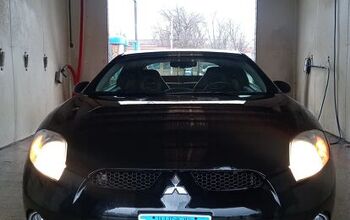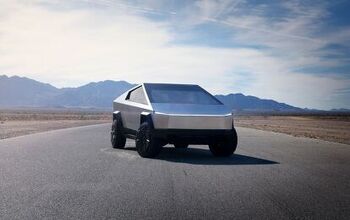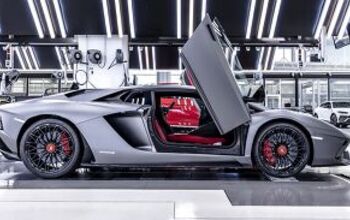Electricity-Generating Shocks: The Key To The Electric HUMMER?
Technology Review reports on Levant Power’s “GenShock” technology, which generates electricity by converting the kinetic energy of suspension travel into electricity. And electricity generation isn’t the whole story: the entire suspension is an actively-controlled, dynamic system that improves performance as well as efficiency in a turnkey package.
Levant has developed a modified piston head that includes parts that spin as it moves through the oil, turning a small generator housed within the shock absorber. To improve vehicle handling, the power controller uses information from accelerometers and other sensors to change the resistance from the generators, which stiffens or softens the suspension. For example, if the sensors detect the car starting a turn, the power controller can increase the resistance from the shock absorbers on the outer wheels, improving cornering, says David Diamond, the vice president of business development at Levant.
Given that this system returns the greatest efficiency improvements in large-truck applications, it might just be the shot in the arm needed to get Roland Burris’s electric HUMMER acid test off the ground. More realistically, this seems to be the kind of technology that could transform the commercial and military vehicle sectors, both of which have strong (non-moral) incentives to improve fleet-wide efficiency.
More by Edward Niedermeyer

































Comments
Join the conversation
For this to work, the shocks would have to be given a larger share of the vehicle load (while making the springs lighter). If any active components fail, then the vehicle would not be able to carry its rated load, and handling would become unstable. The addition of this to a standard vehicle suspension would not likely have the energy return to justify the added complexity/cost.
10% savings = marketing hype. If this were even close to true you can bet that many would be removing their shock absorbers to save fuel. I don't see this happening except for the 1000+ mpg economy run types.
I've wondered if you could do something like this with piezoelectric crystals scattered throughout the car? From what I recall, walking generates 1-2W per step, and a car's body offers stronger and more frequent motions: I suspect you could run much of the accessories (or charge a battery) quite easily.
Interesting. If your car won't start, you bang the dashboard with your fist several times. Voila, it starts. People tried that for 100 years. Now it might work.